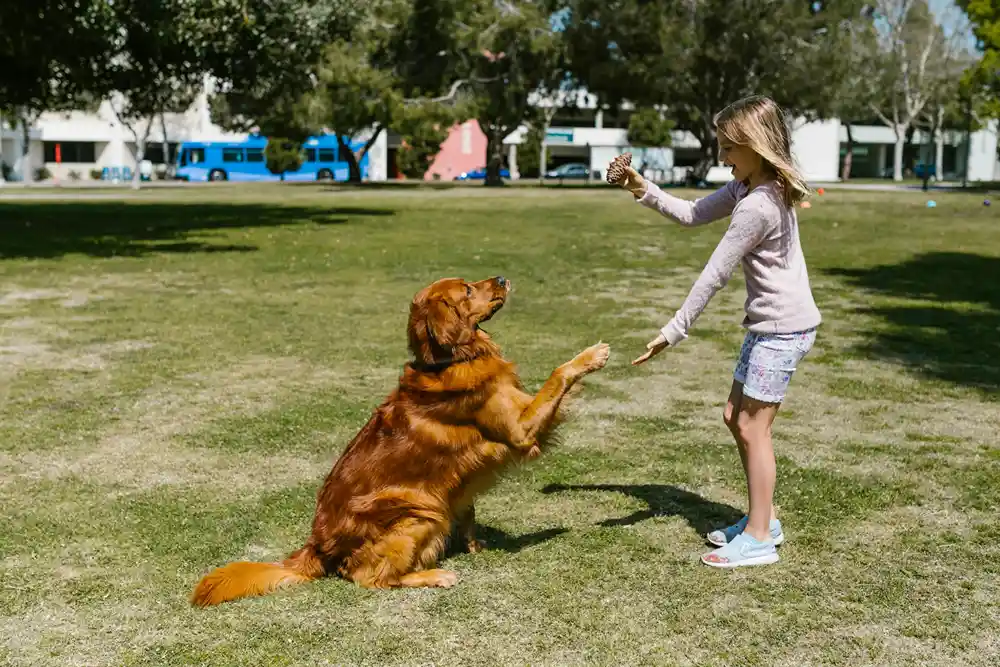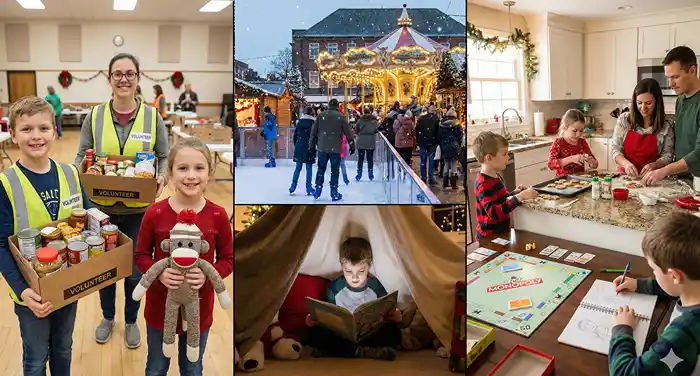Creating Cozy and Safe Spaces for Your Child’s Pet
Caring for pets teaches kids compassion, empathy, and responsibility while also strengthening their bond with animals. Whether your child is bringing home a playful new puppy, a shy rescue cat, or a beloved classroom pet, creating a cozy retreat tailored to the animal’s needs supports its overall health, happiness, and relationship with your family.
The space can be as simple or extravagant as you desire, but it should prioritize the animal’s need to feel safe and comfortable in your home. Thoughtful pet spaces are very achievable, even in small homes and apartments, and can help alleviate any added stress, so your family can focus on bonding with your new pet.
From tucked-away nooks to stylish furniture solutions, here are a few creative ideas for welcoming your child’s pet into your home in a way that keeps everyone safe and happy.
Transforming a Closet Into a Cozy Pet Room
One of the simplest ways to give your pet a peaceful retreat is by turning a closet into a pet room. These compact spaces already offer an enclosed, den-like atmosphere that many pets, especially dogs, naturally seek out. A few thoughtful upgrades can turn that spare closet into a cozy haven.
Start by clearing out clutter and laying down a soft bed or cushion that matches the pet’s size. Let your child pick out cozy blankets or favorite toys to include. Install a small battery-powered light or nightlight to gently brighten the area. If the door is closed at times, make sure there’s proper airflow by cracking it open with a pet-safe latch or installing a small vent.
Utilizing Under-Stair Nooks and Corners
The space under the stairs is often underused, but it’s perfect for a tucked-away pet retreat. especially one that your child can decorate for their pet. With a little creativity, it becomes a peaceful hideaway where dogs or cats can nap, relax, and escape household noise.
Add a plush bed, toy storage bins, and child-safe lighting. Kids can help paint the inside, hang up their pet’s name, or add fun wall decals. If you’re into DIY, consider a custom crate with a door that blends in with the space. An under-the-stairs spot is also ideal for smaller pets, such as hamsters or guinea pigs, that enjoy quiet corners of the house.
Creating a Multi-Use, Pet-Friendly Living Space
A living room can easily accommodate your child’s pet without looking cluttered. With smart furniture choices, you can design a space that suits the entire family.
Try side tables with built-in pet beds or low-profile furniture that gives animals like cats or dogs a cozy nook while keeping your decor intact. Choose modern pet pieces that match your home style — wooden crates, stylish beds, or cat trees that double as shelves.
Encourage your child to keep a specific pet zone tidy with a soft rug, fun toys, and a calming color palette. Homes with poor physical conditions, such as chaotic, cluttered, or noisy spaces, can contribute to stress in children. This makes prioritizing order in multiuse living areas important to help both pets and kids feel calm and at home.
Setting Up a Safe and Relaxing Bedroom Space for Pets
If your child wants their pet to sleep in their bedroom, or it already does, it’s easy to create a pet nook that promotes better rest for both of them. At the foot of the bed, place a cozy bed or soft crate with a blanket over it to give the pet a safe, cave-like retreat.
Use beds that match the pet’s size and age, orthopedic beds for older dogs, and cuddly doughnut beds for cats and small animals. A nightlight and white noise machine can calm anxious pets, especially if your child moves around a lot in their sleep. Choose a corner away from foot traffic to minimize stress and teach your child about respecting their pet’s quiet time.

Designing an Outdoor or Indoor Pet Retreat
If your family has a backyard, porch, or balcony, it’s a great opportunity to create an outdoor zone your child’s pet can enjoy. A shaded area with a soft, weather-safe bed, a fresh water station, and fencing ensures pets like dogs and cats can relax safely in the fresh air. Let your child help set up the space or pick a few pet-safe plants.
Indoors, a sunny nook can become a year-round retreat. Cats benefit from sunny spaces in particular as the sun can help maintain their body temperature and even relieve arthritic pain. Use tunnels, puzzle feeders, and climbing toys to give pets such as ferrets or cats enrichment, and encourage your child to play and interact with their pet. These areas help pets burn energy, especially when they’re stuck inside.
Organizing a Pet-Friendly Entryway or Mudroom
Your entryway or mudroom can become a helpful “pet hub” for daily outings and training. If you have a dog or puppy, install hooks for leashes, shelves for food or supplies, and small cubbies for pet jackets or towels.
This is a great area to teach children routines like drying off paws or storing toys. If possible, include a rinse station or small sprayer for muddy pets after playtime. Easy-to-clean floors like tile or vinyl are ideal here, and a mat with your pet’s name can make the space extra personal and fun for your child.
Pet-Proofing the Home for Comfort and Safety
Safety is just as important as comfort, especially for pets in a child-filled home. Pet-proofing not only protects the animals but also keeps your child safe.
Tuck away cords, use outlet covers, and store medications and cleaning supplies in locked cabinets. Avoid plants toxic to animals and use baby gates to keep pets out of high-risk areas. Rugs with non-slip backings and rounded furniture can prevent slips or injuries. Let your child help check their space for safety to build good habits and awareness.
Conclusion
Helping your child make their pet feel safe and at home doesn’t require a big budget or major remodel. With a little creativity and thoughtful planning, you can build cozy, calming spaces that support your pet’s well-being and teach your child responsibility, no matter what companion you bring home. Whether it’s a cozy closet retreat, a bedroom sleep nook, or a sunny spot in the living room, these small changes can make a big difference in how at home your child’s pet feels living with you and your family.
About the Author
 Katie Brenneman is a passionate writer specializing in education, mental health, family lifestyle and online safety. When she isn’t writing, you can find her with her nose buried in a book or hiking with her dog, Charlie. You can follow her on Twitter.
Katie Brenneman is a passionate writer specializing in education, mental health, family lifestyle and online safety. When she isn’t writing, you can find her with her nose buried in a book or hiking with her dog, Charlie. You can follow her on Twitter.




